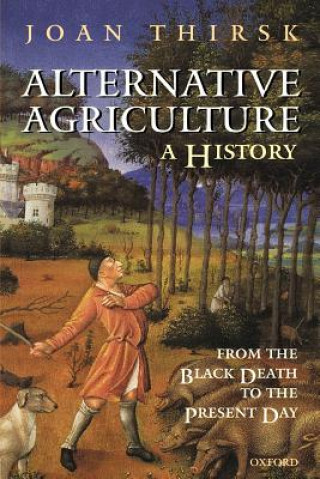
Dostava
Savjetnik za kupnju





Proizvod vam ne odgovara? Nema veze! Možete nam vratiti unutar 30 dana
 Poklon bon
u bilo kojoj vrijednosti
Poklon bon
u bilo kojoj vrijednosti
S poklon bonom ne možete pogriješiti. Za poklon bon primatelj može odabrati bilo što iz naše ponude.
Alternative Agriculture: A History
 Engleski
Engleski
 279 b
279 b
30 dana za povrat kupljenih proizvoda
Moglo bi vas zanimati i


People like to believe in a past golden age of traditional English countryside, before large farms, machinery, and the destruction of hedgerows changed the landscape forever. However, that countryside may have looked both more and less familiar than we imagine. Take todays startling yellow fields of rapeseed, seemingly more suited to the landscape of Van Gogh than Constable. They were, in fact, thoroughly familiar to fieldworkers in seventeenth-century England. At the same time, some features that would have gone unremarked in the past now seem like oddities. In the fifteenth century, rabbit warrens were specially guarded to rear rabbits as a luxury food for rich mens tables; whilst houses had moats not only to defend them but to provide a source of fresh fish. In the 1500s we find Catherine of Aragon introducing the concept of a fresh salad to the court of Henry VIII; and in the 1600s, artichoke gardens became a fashion of the gentry in their hope of producing more male heirs. The common tomato, suspected of being poisonous in 1837, was transformed into a household vegetable by the end of the nineteenth century, thanks to cheaper glass-making methods and the resulting increase in glasshouses. In addition to these images of past lives, Joan Thirsk reveals how the forces which drive our current interest in alternative forms of agriculture a glut of meat and cereal crops, changing dietary habits, the needs of medicine have striking parallels with earlier periods in our history. She warns us that todays decisions should not be made in a historical vacuum: we can find solutions to our current problems in the experience of people in the past.
Informacije o knjizi
 Engleski
Engleski




 Kako kupovati
Kako kupovati





















